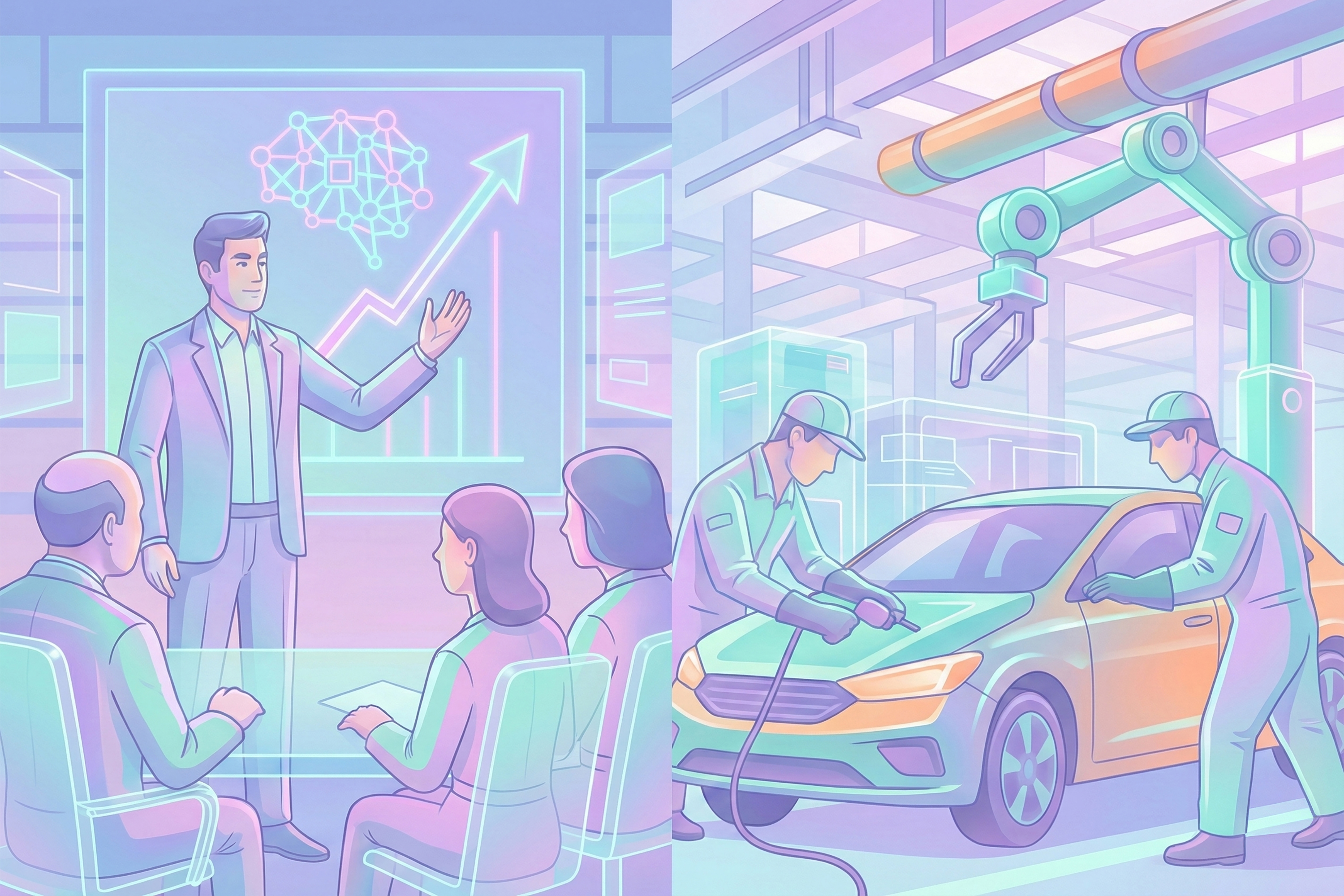
History has shown a pattern of consecutive technological revolutions, each lasting some 50 years, and it’s about time for the new wave to become visible. Even though we should not interpret such historic patterns as a deterministic model, a set of emerging technologies nevertheless shows interesting parallels with the General-Purpose Technologies that drove the technological revolutions of the past.
The great technologies that reshape the economy, society, and everyday life tend to come in waves. That is, capital concentrates around a small set of core technologies until these GPTs start to run dry and investments no longer result in the desired returns. Investors then turn to alternative technologies and a new wave emerges. While it would be difficult to argue that IT itself is running dry, i.e. digitization is far from complete, and tech stocks are at an all-time high, there are nevertheless reasons to believe that a new wave is in the making and that AI is at its core.No one would seriously doubt whether AI, together with next-gen mobile communication and possibly quantum computing, has the potential to fulfill all the three GPT-criteria. The question is whether AI is really different from conventional IT, and if it can lead to a new techno-economic paradigm.As with AI and IT, the GPTs of the past also built on each other. Electricity, to a large extent, was an extension of the steam engine and IT itself is an extension of the electric system. Each, however, brought about a sea of change in productivity. The power of steam engines could only be used close to the engine itself, and it required skilled workers to operate it. Electricity made that power available over a long distance with the flick of a switch, and then IT turned electrons into valuable data. Furthermore, AI has the potential to “upgrade” IT by removing the need for manual programming.In terms of productivity gains, the latter has at least two implications. Firstly, data can be processed much more efficiently and effectively, and exponentially more value can be generated by doing so (cf. the electrification of factories and its role in mass production). Secondly, AI has the potential to accomplish things that IT simply cannot do because human programmers fall short. Something like an autonomous vehicle, for example, would be impossible to code manually, given the complexity of the task, and hence it would require systems that train themselves to recognize situations and act accordingly. Together with next-gen communication networks and possibly quantum computing, our environment will thus become ever smarter and ever more productive.If AI indeed drives the next technological revolution, and the Perez’s model is correct, there would be a few implications. Public and private R&D funds will increasingly concentrate around AI (along with 5G and quantum computing), which is already visible, and ultimately lead to an investment frenzy akin to the dotcom bubble of the 1990s. It would also raise the question whether today’s tech giants would really be able to lead the new revolution, which seems very much true today, or yet unknown disruptors will eventually take over from them such as it happened in the past.


